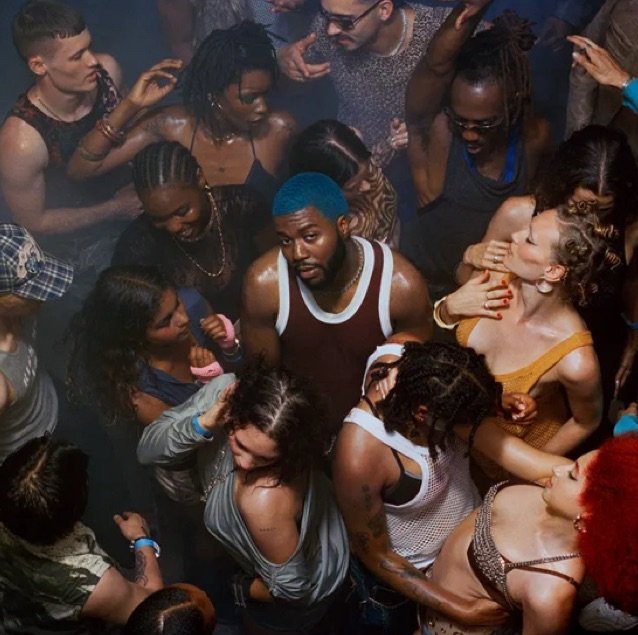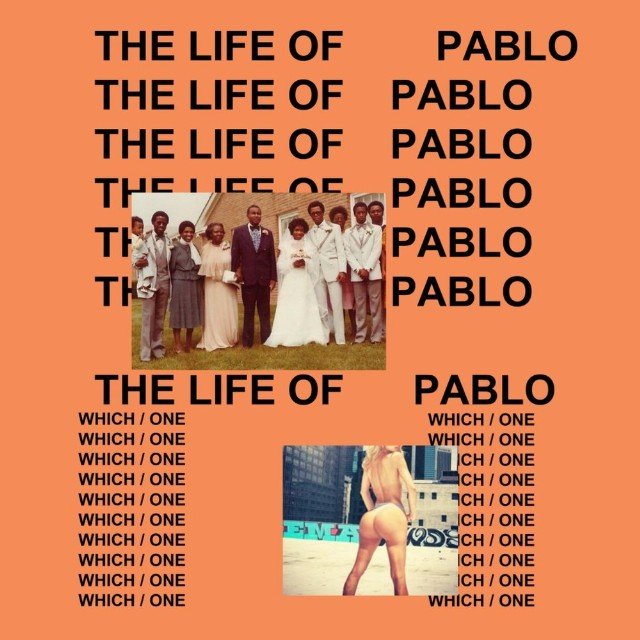
When it was released in 2015, Pete Docter’s “Inside Out” was a seminal moment for Pixar. Coming on the heels of a pair of films that didn’t connect with audiences or critics in the same way that much of the studio’s earlier work had (2012’s “Brave” and 2013’s “Monsters University”), “Inside Out” saw Pixar out to prove they still had it. And as it turned out, they absolutely did.
After some decidedly unflattering discourse discussing the studio’s new penchant for favoring sequels and prequels over original material, “Inside Out” was an original film that hit every possible benchmark for success: it became one of the best-reviewed films Pixar had ever made, grossed just shy of a billion dollars, and won an Oscar. “Inside Out” is a truly stunning film, one that builds upon a bedrock of remarkably nuanced emotional intelligence to deliver an animated feature just as engaging philosophically as it is as a piece of entertainment.
Now, in 2024, Pixar is in a very different position. Despite the fact that the overwhelming majority of Pixar’s recent output has been incredibly well-received original films, these films have not been released in theaters. This is partially due to COVID-related lockdowns and partially due to Disney’s insistence on betting every chip possible on their streaming service, Disney+. As a result, films like “Soul,” “Luca,” and “Turning Red” (all of which are absolutely wonderful and unique works that deserve to be acknowledged as modern classics within the Pixar oeuvre) were not released in theaters and in their place, the aggressively lackluster films “Lightyear” and “Elemental” were. Thus, Pixar has been pushed back into a very similar corner, one in which their artistic and commercial viability has been questioned from every side, including parent-company Disney most of all.
So Kelsey Mann’s “Inside Out 2” finds itself being released to a scrutinizing media environment, trying to hit every possible quadrant for success once more, just like its predecessor. But does “Inside Out 2” have what it takes to live up to the critical, commercial, and cultural juggernaut that was the first film?
TOP FIVE THINGS ABOUT “INSIDE OUT 2”
5. Weak Spot: Commodity Over Character
One of the first things to strike this writer as strange in the lead-up to “Inside Out 2” was the lack of returning creatives, both in front of and behind the digital camera. While Amy Poehler is back, as are several others, there are numerous highly notable absences that one does not typically see in Pixar sequels. Neither Bill Hader nor Mindy Kaling have returned to their roles of Fear or Disgust, respectively, and even composer Michael Giacchino, whose score for the first film has become so indelibly ingrained in the minds and memories of audiences, is woefully missing here.
This is all strange, given the lengths Pixar has gone to actively preserve these kinds of creative teams in the past. All four Toy Story films have kept the core voice cast involved as much as possible, and you don’t see Randy Newman not returning to score one of those sequels. In and of itself, this observation is not a problem, but it’s indicative of a larger systemic issue. “Inside Out” was a film about characters, and “Inside Out 2” flattens those characters into commodities in practically every way.
Part of this has to do with the sheer number of characters in “Inside Out 2.” By introducing four new Emotions to the cast, “Inside Out 2” is a far more crowded film, one that feels ultimately unable to devote worthwhile time to properly defining or developing its characters.
As an easy example, in “Inside Out,” Bill Hader as Fear felt like a real character. We spent meaningful time with him, both with the rest of the Emotions and in solidarity, and came to understand his role within Riley’s emotional state on many levels. In “Inside Out 2,” Fear is a caricature of Hader’s original performance. New voice actor Tony Hale does a great job, but the character himself is defined by the broadest strokes imaginable here, and it’s to the overall detriment of the character and the film. In juggling so many more characters and moving pieces, “Inside Out 2” loses the stark clarity, focus, and impact of the first film and muddies the central metaphor at the series’ core.
4. Maya Hawke as Anxiety
The one new emotion who truly shines in “Inside Out 2” is Anxiety, voiced delightfully by Maya Hawke.
Without delving too deeply into specifics to preserve some of the film’s later surprises, Anxiety’s role in the story stands out as a highlight where the emotional intelligence of “Inside Out 2” matches that of the first film. The portrayal of Anxiety manages to convey with genuine subtlety and nuance the ways in which anxiety can impact someone, especially during adolescence.
Maya Hawke’s vocal performance is exceptional, effectively capturing the complexities of Anxiety’s motivations. Supported by the strong writing of the character in Meg LeFauve & Dave Holstein’s script and stunning animation, Anxiety emerges as one of the most skillfully crafted and impactful elements of “Inside Out 2.”
3. Weak Spot: Maintaining the Status Quo
There are several instances throughout the runtime of “Inside Out 2” where it feels like the filmmakers are yearning to break free from the confines of delivering ‘another Inside Out’ and instead offer something beyond that preconceived notion. Throughout the film, concepts such as Riley driving herself without the influence of any Emotions, delving into the emotions that constitute the Emotions themselves, and exploring how one’s primary emotions evolve over time are all hinted at. However, disappointingly, none of these ideas are explored with any real depth.
Instead, “Inside Out 2” appears determined to cling to the status quo established by its predecessor, often to its own detriment. While these ideas suggest potential avenues for a transformative story involving Riley and her emotions, the film fails to fully realize any of them. Instead, the overarching theme of the film feels like a slight variation on the deeper theme of the first film. Similarly, the narrative of “Inside Out 2” feels deliberately reminiscent of its predecessor, lacking the imagination in staging, settings, or character development that made the original so memorable.
2. Weak Spot: A Lack of Imagination
The first “Inside Out” feels bursting with creativity, imagination, and monumental stakes. While the external story is simply about Riley and her family moving to a new city and her contemplating running away from home, the narrative feels almost mythic due to the meticulous interweaving of a propulsive narrative and profound themes by Docter and his team.
In contrast, “Inside Out 2” often feels oddly insular and small-scale in the wrong ways. While using a weekend away at hockey camp as the narrative’s core is not a bad idea, as it serves as a microcosm of Riley’s impending adolescence, the film fails to emotionally convey the magnitude of this event as effectively as it does intellectually.
This is exacerbated by an in-brain adventure for the Emotions that feels more like a straightforward task than the grand odyssey of the first film. While the first film also revolved around retrieving a MacGuffin, it did so to facilitate character growth and thematic exploration. In “Inside Out 2,” this narrative structure remains, but the essential components feel far more scarce and less impactful.
1. The Vault
The true standout scene of “Inside Out 2” revolves around a vault within Riley’s head dedicated to safeguarding her secrets. Within this vault lies a plethora of hilariously clever gags, including a recurring one that parents of very young children will undoubtedly find immensely enjoyable. What sets this sequence apart is its utilization of a mixed-media style of animation, which deviates from Pixar’s typical aesthetic in unexpected ways, enhancing the scene’s impact. There’s a genuine exuberance and innovative energy to this moment, which the film could have benefited from incorporating more extensively.
RGM GRADE
(B-)
“Inside Out 2” is a very well-made film. It’s funny, charming, and compelling, but it doesn’t quite reach the same level of humor, charm, and emotional resonance as the first “Inside Out” film. While it represents an improvement over Pixar’s previous theatrical releases, “Lightyear” and “Elemental,” it falls short of the artistic fulfillment and singular vision found in recent works like “Soul” by Pete Docter and Kemp Powers, “Luca” by Enrico Casarosa, and “Turning Red” by Domee Shi.
Although “Inside Out 2” isn’t a disaster, it feels like a movie that prioritizes mass appeal and accessibility over passionate storytelling and creative vision at every turn.
Discover more from RATINGS GAME MUSIC
Subscribe to get the latest posts sent to your email.










